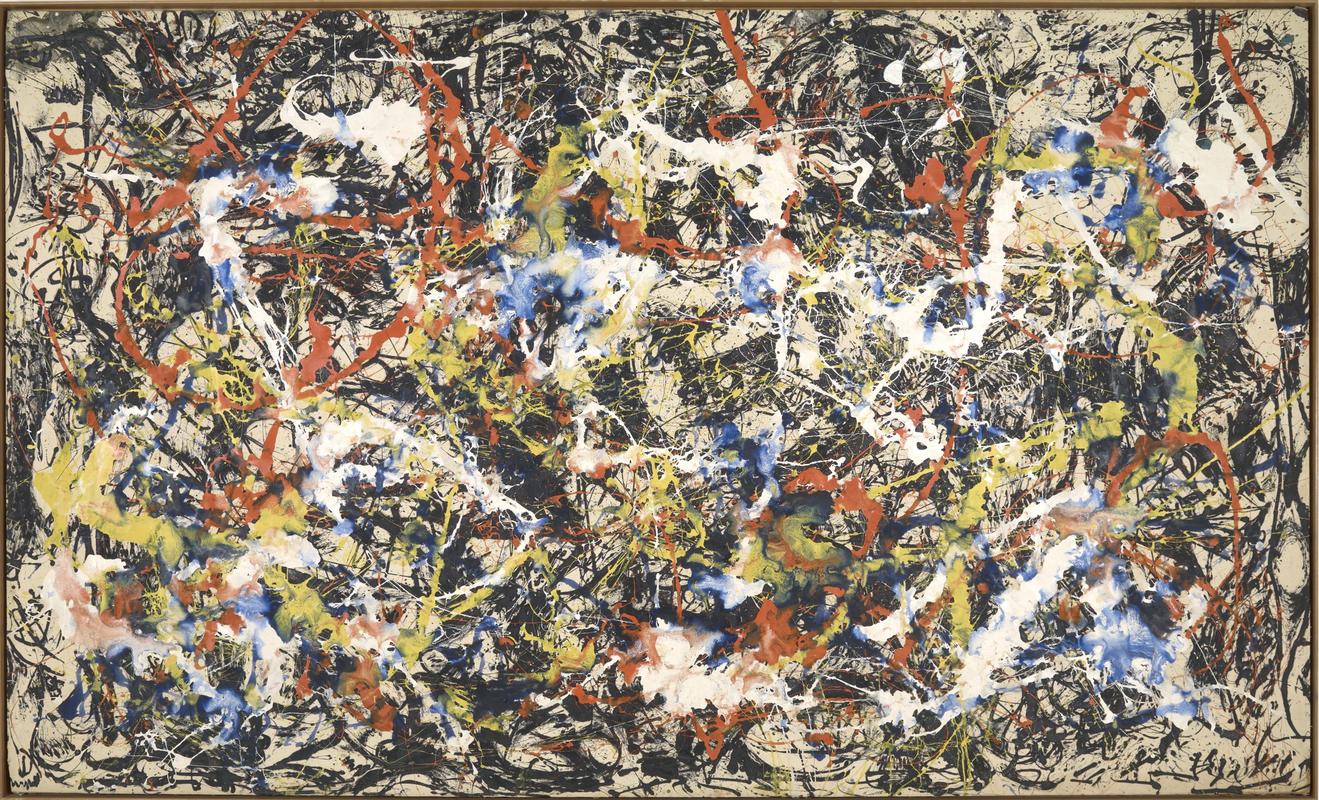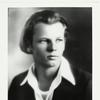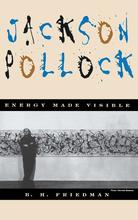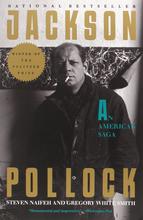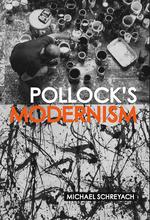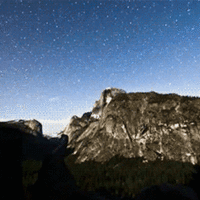More about Convergence
- All
- Info
- Shop

Contributor
Jack the Dripper strikes again in Convergence, one of Jackson Pollock’s most famous drip paintings.
With regards to his style, Pollock once said: “It seems to me that the modern painter cannot express his age, the airplane, the atom bomb, the radio, in the old forms of the Renaissance or any other past culture. Each age finds its own technique.” To find his technique, Pollock ditched the traditional easel and brush, and instead put large canvases on his studio floor that he would hover over as he dripped, poured, and splattered paint onto them.
But despite the splash that Pollock made in the art world (pun very much intended) with his unique style, he was ready to move onto something new by the 1950s. So, Convergence originally started as an experiment in black and white. But Pollock took one look at the colorless canvas, thought hell naw, and started adding hues on top in an attempt to salvage the painting. At the time, critics weren’t entirely sure if he was in fact successful in salvaging it. So savage. But what did they know back in 1952 anyway. The painting is now considered one of Pollock’s masterpieces.
Like most masterpieces, Convergence has infiltrated pop culture. In 1964, puzzle maker Springbok released a jigsaw version of the painting, billing it at the time as “the hardest jigsaw puzzle in the world,” as people across the nation tried their hand at completing the masterpiece. Though back then the puzzle contained only 340 pieces. C’mon people! Not to worry, a 1,000-piece version (now that’s a real challenge) has since been released. If puzzles aren’t your thing, fear not, Convergence stamps also exist, released as part of a 2010 US Postal Service series that featured art by abstract expressionists. The stamps were all different sizes as if they were hanging in an actual gallery. Pretty nifty!
Another signature of Pollock’s paintings is that he would often integrate everyday objects, such as nails and coins, into the canvas. In Convergence, a small match covered in paint hides near the center. My pathetic eyes have not been able to locate said match on the computer screen, but perhaps you’ll have more luck. Or perhaps we should all just fly to Buffalo, New York to see the painting in person at the Albright-Knox Art Gallery where it has hung since 1956. Of course if that’s not possible, there’s always the puzzle.
Sources
- “Convergence,” Albright-Knox Art Gallery, accessed January 22, 2018, https://www.albrightknox.org/artworks/k19567-convergence
- Jackson Pollock’s Convergence 1000 Piece Jigsaw Puzzle, Springbok, accessed January 22, 2018, https://www.springbok-puzzles.com/Jackson-Pollock-s-Convergence-p/33-10…
- Morris, Berndine, “Jigsaw Puzzle Inspired by Art Meant for Adult,” New York Times, published Oct 13, 1964, http://www.nytimes.com/1964/10/13/jigsaw-puzzles-inspired-by-art-meant-…
- Wada, Karen, “A Jackson Pollock for 44 cents? New stamps celebrate the work of America's Abstract Expressionists,” LA Times, published March 11, 2010, http://latimesblogs.latimes.com/culturemonster/2010/03/a-rothko-for-44-…
Featured Content
Here is what Wikipedia says about Convergence (Pollock)
Convergence is an oil painting by Jackson Pollock, from 1952. It is held at the Buffalo AKG Art Museum, in Buffalo.
Check out the full Wikipedia article about Convergence (Pollock)

